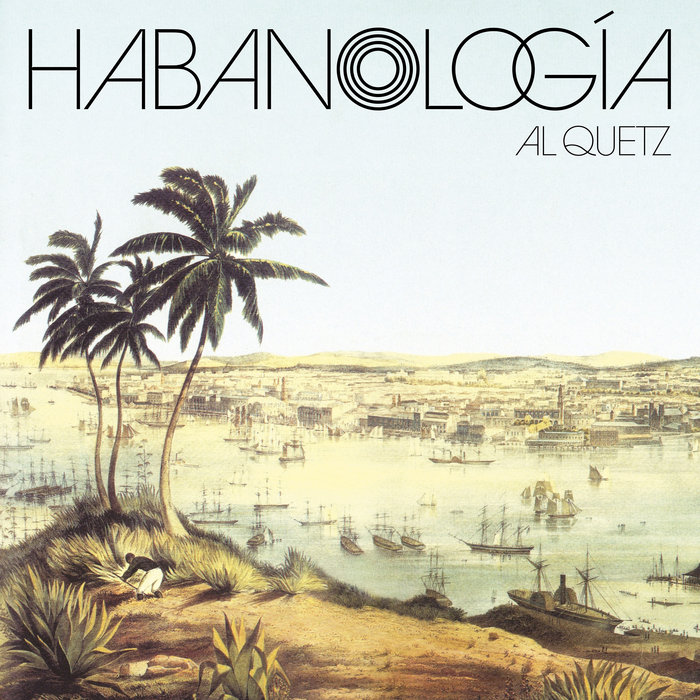
Fig Pulp – Quetzal
this blog is GROOVY – check out great Soul, Funk, Jazz, Hip Hop, Bass, Breaks , Reggae, House n many more TUNES
Hip hop, baby! It’s not just a genre; it’s a movement. Born from the streets and fueled by creativity, beatmaking is at the heart of this vibrant culture. Let’s take a funky journey through the history of hip hop beatmaking and sprinkle in some fun facts about the musicians who shaped it.
The story begins in the 1970s, in the South Bronx, New York City. DJs started to craft parties that would go down in history. This was not your average disco scene! They took existing records—funk, soul, and disco classics—and created something new by looping breaks and beats.
A major player was DJ Kool Herc, who’s often credited as one of hip hop’s founding fathers. With his massive sound system and killer energy, he introduced “breakbeat” DJing—playing those tasty drum breaks over and over again to keep folks dancing all night long!
Funny fact: Herc’s first gig was for his sister’s birthday party—a classic case of sibling love leading to groundbreaking music!
The ’80s rolled around like an electric boogie train bringing with it technological advancements. Enter sampling! Producers began using new gear like drum machines (hello Roland TR-808!) to create fresh sounds from existing tracks.
Run-D.M.C., arguably one of the most influential groups ever, blended rock with rap which paved the way for future crossovers! Their collaboration with Aerosmith on “Walk This Way” turned heads (and ears) everywhere.
Fun tidbit: Their flashy outfits weren’t just for show—they made history as one of the first rap acts to grace MTV while rocking those iconic Adidas kicks without shoelaces!
Fast forward to what many call hip hop’s “Golden Age.” Artists were pushing boundaries left and right! Public Enemy used profound political messages layered over hard-hitting beats while A Tribe Called Quest brought jazz into their funky soundscapes.
Two names that reverberate through time are Madlib and J Dilla—famous for their unique sampling techniques that shook up scenes worldwide.
Did you know that J Dilla once produced an entire album (“Donuts”) on his hospital bed? Now that’s commitment… or perhaps our definition of dedication got warped somewhere along those late-night study sessions?
By the turn of Y2K, producers became stars too! Names like Kanye West and Pharrell Williams emerged as powerhouses behind both beats AND bars. And boy did they shake things up!
Kanye West started off producing tracks but soon had everyone humming along with hits like “Gold Digger.” Did you catch him rapping while wearing a pink polo shirt? Classic!
But here’s a funny moment—during his early days at Roc-A-Fella Records, he famously said he would only work on songs if they included real instruments because samples were ‘for lazy producers.’ Oh how times have changed when Kanye himself sampled Daft Punk later on!
At this time too—producers were experimenting big time with drum machines. Just picture guys hauling around gigantic samplers before laptops became standard equipment—it looked like they might’ve been rolling out old-school gaming consoles instead!
Now we’re knee-deep in digital music production software such as Ableton Live or FL Studio—but don’t forget traditional methods still reign supreme sometimes (shout out vinyl lovers!). Today’s beatmakers add layers upon layers using tools stemming from decades past while incorporating everything under the sun—from world beats to trap.
Some hot names now include Metro Boomin’, Murda Beatz—their legendary collaborations dropping jaw after jaw across genres galore throughout streams globally every single day—even your grandma knows who they are today thanks partly due viral TikTok dances featuring these bangers.
Finally let me throw you some good old-fashioned fun facts:
Beatmaking has come full circle since its humble beginnings—weaving tales full circle cultural significance within rhythmical storytelling frameworks ripe for connection among diverse audiences spanning generations together lovingly united through groove filled explorations alongside laughter evoked moments echoed vividly alike across countless speakers booming brightly today still creatively thriving onward into tomorrow… Woah baby!!
So next time you hear a slick beat bumping through your headphones think back upon this groovy journey we just took—from block parties kicking off epic adventures ridden along joyful noise-laden rides celebrating life itself via unapologetic self-expression found abundantly everywhere encapsulating unity sonically speaking–what could be more extra than vibing along?! Keep spinning those plates friends; let’s honor where we’ve been now aiming onwards toward brighter crescendos ahead forever mesmerized always moving steadily forward heartbeat heavy yet ever so light-heartedly propelled by incredible artistry unleashed boldly above only known limits previously set firmly aside outrageous possibilities lie waiting beckoning exploration endlessly enticing us doubting nothing guaranteed genuine magic awaits ready armed strapped tight fed rhythm cranked loud peace signing out until next groove wave washes ashore anew… ✌️🎶

Fig Pulp – Quetzal

Oda feat. Jorge Bolaño, Florian Pellissier, Dan Amozig – Al Quetz